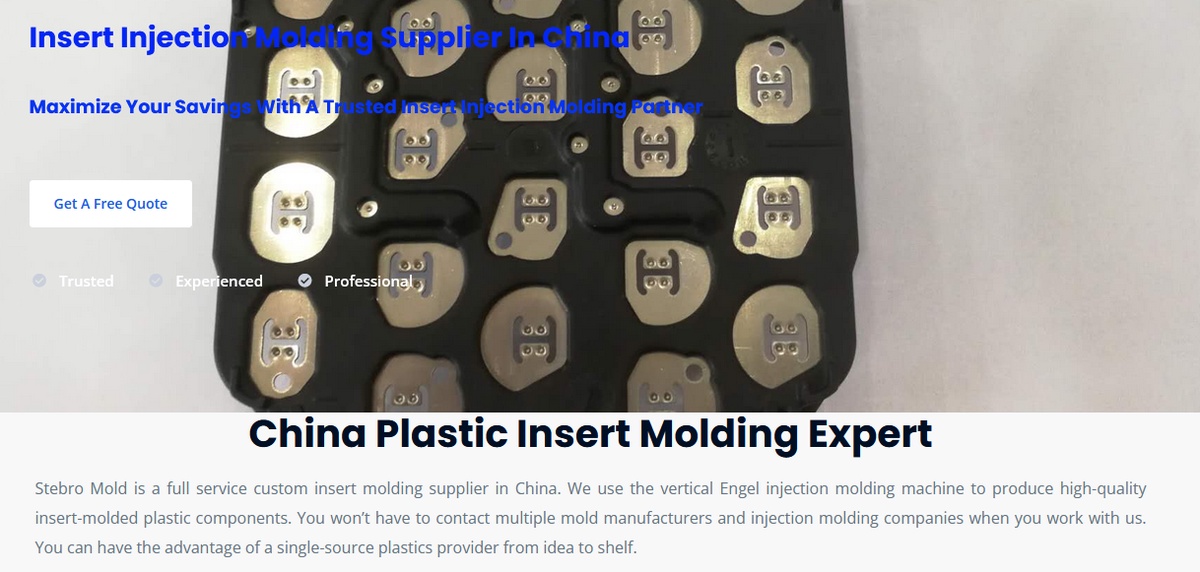In modern manufacturing, searching for materials that combine high performance with versatility often leads to polyether ether ketone or PEEK. Renowned for its exceptional mechanical properties, chemical resistance, and thermal stability, PEEK has become a cornerstone in various industries ranging from aerospace to medical devices. One of the most prevalent methods of shaping PEEK into complex components is injection molding. Let's delve into the world of injection-molded PEEK and its transformative impact on plastic injection molding processes.
Understanding PEEK:
PEEK is a semi-crystalline thermoplastic renowned for its outstanding properties. Its high strength-to-weight ratio rivals that of metals, making it an attractive alternative for applications where weight reduction is critical. Moreover, injection molded peek boasts excellent resistance to chemicals, abrasion, and fatigue, rendering it suitable for harsh operating environments. Its ability to maintain mechanical integrity under elevated temperatures surpasses many other thermoplastics, with a glass transition temperature reaching up to 143°C (289°F) and a melting point around 343°C (649°F).
Injection Molding PEEK:
Injection molding is a manufacturing process wherein molten material is injected into a mold cavity, where it solidifies to form the desired part. PEEK injection molding leverages the material's unique properties to produce components with intricate geometries and tight tolerances. The process begins with the granular form of PEEK being fed into a heated barrel, where it is melted under controlled conditions. Once dense, the molten PEEK is injected into a mold cavity under high pressure. After cooling and solidification, the mold opens, and the finished part is ejected.
Advantages of Injection Molded PEEK:
Complex Geometries: Peek plastic injection molding enables the production of intricate designs with minimal post-processing, creating complex PEEK components that would be challenging or impossible with other manufacturing methods.
Dimensional Stability: PEEK exhibits minimal shrinkage during cooling, ensuring that injection-molded parts maintain precise dimensions and tight tolerances, which are crucial for applications where accuracy is paramount.
Chemical Resistance: PEEK's inherent resistance to various chemicals makes it an ideal choice for components exposed to corrosive environments, such as chemical processing equipment and oil and gas applications.
High-Temperature Performance: Injection-molded PEEK retains its mechanical properties at high temperatures. It is suitable for continuous operation under elevated temperatures, such as automotive under-the-hood components and aerospace applications.
Lightweight: Despite its exceptional strength, PEEK is lightweight compared to metals, offering opportunities for weight reduction in various applications, including automotive and aerospace, without compromising performance.
Applications of Injection Molded PEEK:
The versatility of injection-molded PEEK has led to its widespread adoption across diverse industries:
Medical Devices: PEEK's biocompatibility, sterilizability, and radiolucency make it an ideal choice for medical implants, surgical instruments, and diagnostic equipment.
Electronics: PEEK's electrical insulating properties and ability to withstand high temperatures make it suitable for electronic components such as connectors, insulators, and circuit boards.
Automotive: Injection molding peek is used in automotive components, including bushings, gears, seals, and electrical connectors, where its combination of lightweight and high performance is advantageous.
Aerospace: PEEK's resistance to aerospace fluids, low outgassing properties, and ability to withstand extreme temperatures make it suitable for aircraft components such as seals, bearings, and structural parts.
Challenges and Considerations:
While injection-molded PEEK offers numerous advantages, specific challenges must be addressed:
High Processing Temperature: Injection molding PEEK requires elevated processing temperatures, necessitating specialized equipment capable of handling these temperatures.
Cost: PEEK resin is more expensive than many other thermoplastics, which can impact the overall cost of injection molded parts.
Conclusion:
Injection-molded PEEK represents a convergence of advanced material science and manufacturing technology, offering a compelling solution for applications that demand exceptional performance, reliability, and versatility. As industries continue to push the boundaries of innovation, the role of injection-molded PEEK is poised to expand, driving advancements across many sectors and reshaping the landscape of plastic injection molding.
For detailed information about Injection molding peek, tap to Stebro Mold to explore the quality of plastic mold company in China.


No comments yet